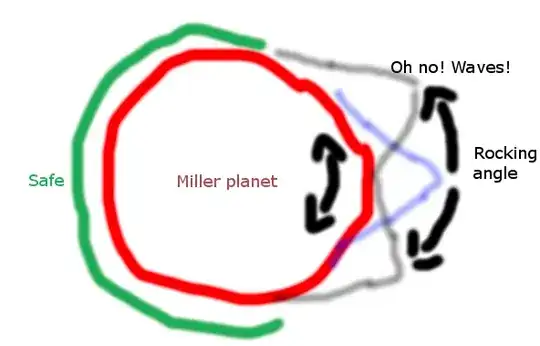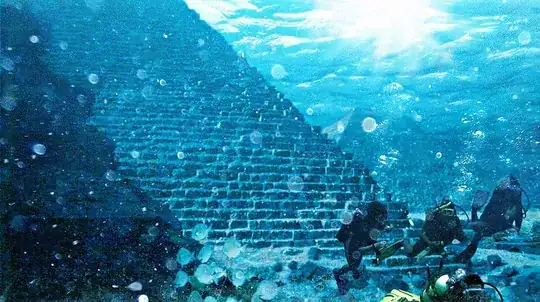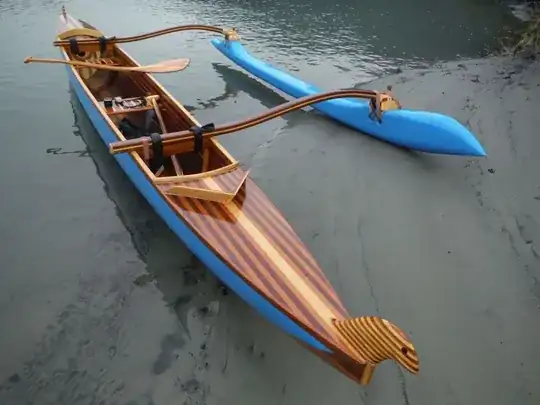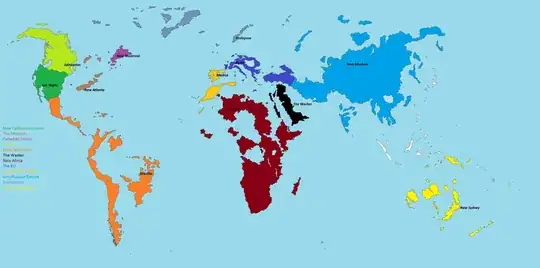As mentioned elsewhere in the comments, there are multiple interpretations of the waves. I'll stick with the sloshing, so that it is entirely possible that the waves are only present on the side of the planet that faces the black hole. In this case, the planet rocks forth and back by a small angle, and the wave is basically fixed.
In this situation, the path of destruction due to the wave is rather limited, perhaps a couple of degrees, and most of the planet should be "safe". Intelligent life can safely form on the outer edge of the path of destruction. Provided that the wave is directly in line with the black hole, and the planet oscillatory tilt angle is small, there should also be an equally small (safe) area that also experiences a day and night cycle (one hour, in the case of Miller's planet).
Provided that the waves are not the real threat, as long as one chooses the right place, the real issue with building structures would be to deal with the forces exerted by the black-hole. I would expect pyramidal, or small dome structures to survive better than towers or stilted buildings. Given that the planet rocks forth and back, that it is tidally locked, and that the black hole gravitational pull is typically not perpendicular to the surface of the planet, we should expect a non-negligible amount of shear forces along the z-axis (the height) of any structure. Reducing the height of the construction and increasing the section should reduce the chances of failure. Among flat structures with a large base surface, pyramids and domes have a better distribution of inner stress components and are easier to build compared to rectangular blocks.
A pictorial representation, the green area should be safe from the waves:






